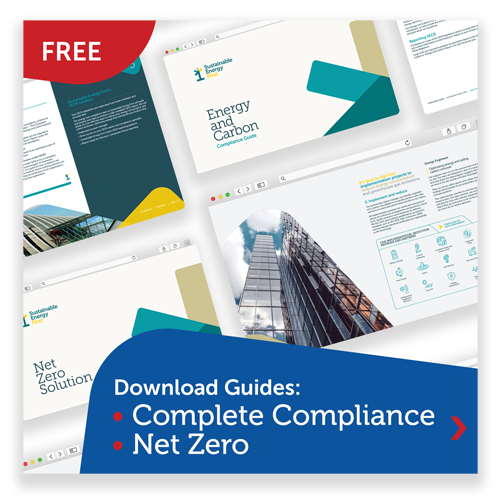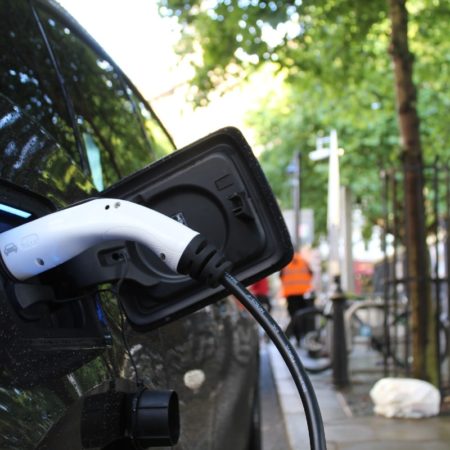As environmental sustainability becomes more important to customers and investors, more and more companies are publicly declaring their ambition to reach net zero emissions within the next few decades. But not all the ambitious-sounding targets are backed up by valid plans. Here are 10 ways to avoid greenwashing and set a net zero target that really will get your business on track for net zero.
1. Start from an accurate baseline
Before you can think about making reductions, it is absolutely essential to have a full and accurate picture of your company’s current emissions. This will be your baseline to measure future progress against. Calculating your baseline can be an extensive process, depending on how complex your company’s operations are, because it should cover absolutely all emissions arising from the operations of your business.
2. Include value chain emissions
Many net zero strategies focus on the emissions that are directly within the company’s control. It’s easy to see why you should include the direct emissions from sources you own or control, such as an on-site incinerator. It’s also easy to see how your company is responsible for the emissions generated by the energy it buys from suppliers. But many net zero strategies ignore the emissions in the company’s value chain, so-called Scope 3 emissions. It’s harder to take action on Scope 3 emissions because you don’t own or control the sources, but if the emissions are generated as a consequence of your company’s activity – for example, in treating your company’s waste products – they should be included in your baseline emissions calculation.
For more detail, take a look at our guide to value chain emissions.
3. Don’t just focus on carbon
Sustainability strategies sometimes use “carbon emissions” and “greenhouse gas emissions” interchangeably, but carbon dioxide is not the only greenhouse gas and may not be the main cause of your company’s climate-changing impact. For example, in farming most of your emissions are likely to come from methane, followed by nitrous oxide, with carbon dioxide third.
Best practice is to look at the six different gases named by the Kyoto Protocol as the main contributors to global warming and calculate your company’s emissions for each of them. You can then aim to get to net zero for all six gases. You may find that your emissions of a particular gas are already so low as to be negligible, but it is important to know this for sure by gathering the data before calculating your baseline.
4. Be clear on the boundaries of your business
You can’t calculate an accurate baseline for your net zero strategy unless you are clear on which operations and sites count as part of your business. Setting an organisational boundary is also essential for classifying emissions as direct, indirect or in the value chain. Hopefully defining the limits of your business will be straightforward, but if your ownership structures are very complex, consider getting expert advice.
5. Set a science-based target
Any meaningful net zero target has to take into account the urgency of climate change and be ambitious enough to make a difference. That is why many companies are setting science-based targets for their emissions reduction. A target is “science-based” if it’s in line with the kind of reductions needed to keep global warming below 2C.
However, even warming of just 2C above pre-industrial levels will bring about devastating climate impacts, so many organisations are choosing not to settle for this. The Science-Based Targets Initiative is leading a “Business Ambition for 1.5C” campaign, which calls on companies to set science-based targets in line with a 1.5°C future. So far 275 companies have signed up, representing over $3.6 trillion in market capital.
6. Don’t make your deadline too distant
Deadlines are a great motivator, but distant deadlines like 2040 or 2050 aren’t helpful for motivating organisations to get to grips with the problem right now. Many businesses, such as The Body Shop and clothing brand Patagonia, have committed themselves to net zero by 2030. If that doesn’t seem possible for your business, set the earliest deadline that seems achievable and then set yourself interim targets for the shorter term.
7. Take care with offsetting
Most companies can’t reduce their emissions to absolute zero, so the route to net zero usually involves offsetting: counterbalancing the emissions you can’t avoid producing by investing in carbon reduction or sequestration projects elsewhere. This is an area where greenwashing can easily creep in if you’re not careful. Funding a reforesting or renewables project overseas looks good in the annual report, but many projects would have happened anyway, which means your purchase of offset credits has done nothing to reduce overall greenhouse gas emissions.
A project needs to be genuinely additional (would not have happened without the offset scheme) to be valid. There are now some internationally recognised standards for offset schemes which will help you choose a valid one. Take a look at the Verified Carbon Standard and the Gold Standard.
The Greenhouse Gas Protocol has issued guidance on project accounting that is very helpful if you want to go about offsetting in the right way and avoid greenwash.
Project net zero offers verified and credible partners in carbon offsetting.
8. Measure frequently
Calculating your company’s emissions regularly is the only way to ensure that you’re staying on track with your net zero plan. Frequent feedback also allows you to see which areas might need extra work. That means that if something isn’t working as planned, you can recalibrate your plan early enough to get back on track.
9. Don’t forget the conversion factors
We’ve already covered the need to record your emissions of six different greenhouse gases, not just carbon. It is vitally important to remember that these gases all have different global warming potential. You need to convert the emissions of each gas into what’s known as carbon dioxide equivalent, or CO2e, so that they are all being measured on a like-for-like basis. This is an area where big mistakes can creep in. For example, the global warming potential of many refrigerants is over a thousand times more powerful than carbon dioxide. If you get your conversion factor wrong, your emissions calculations will be wildly out.
10. Go public with your goals
Being transparent about your company’s net zero journey will help to hold you accountable. If stakeholders and the wider public know what your interim targets are, the need to report good results will be a powerful motivator. Announcing a net zero target and publicly sharing your progress towards it is also great publicity for your business.
























